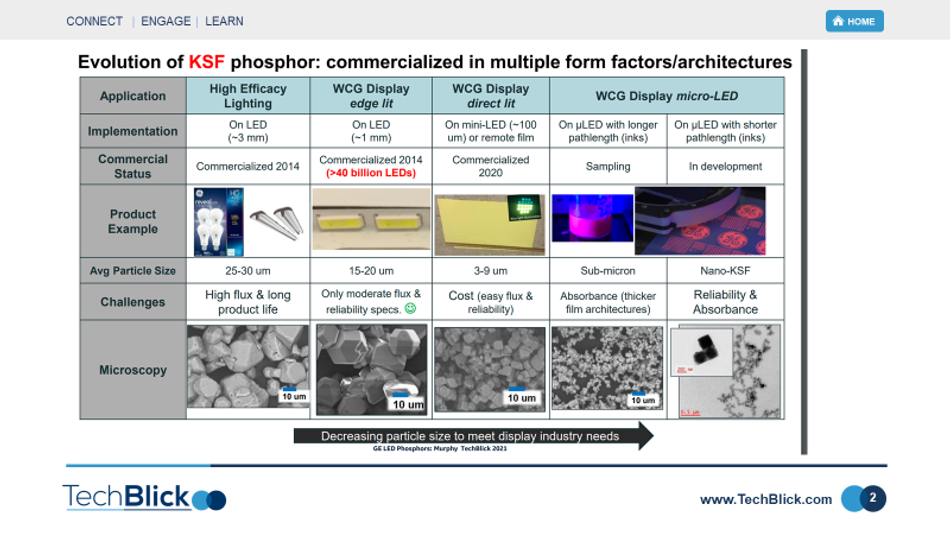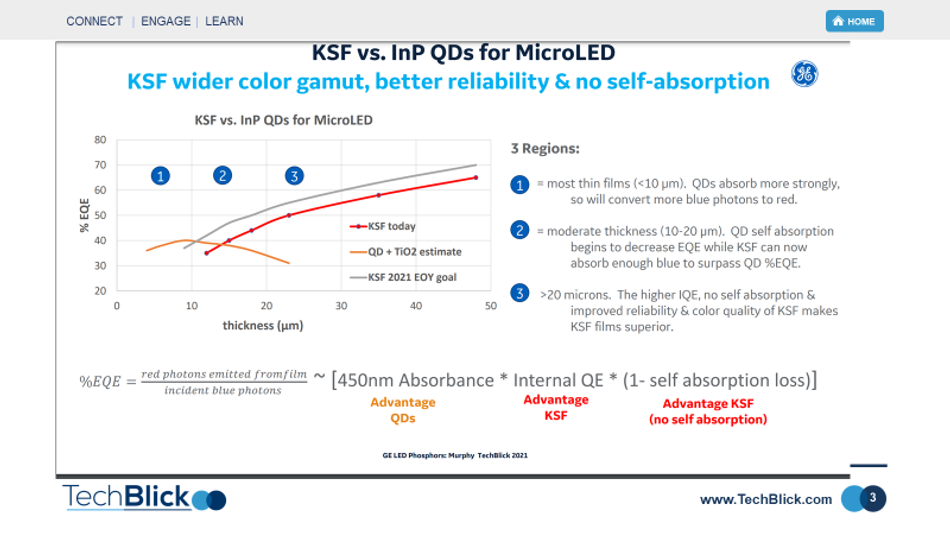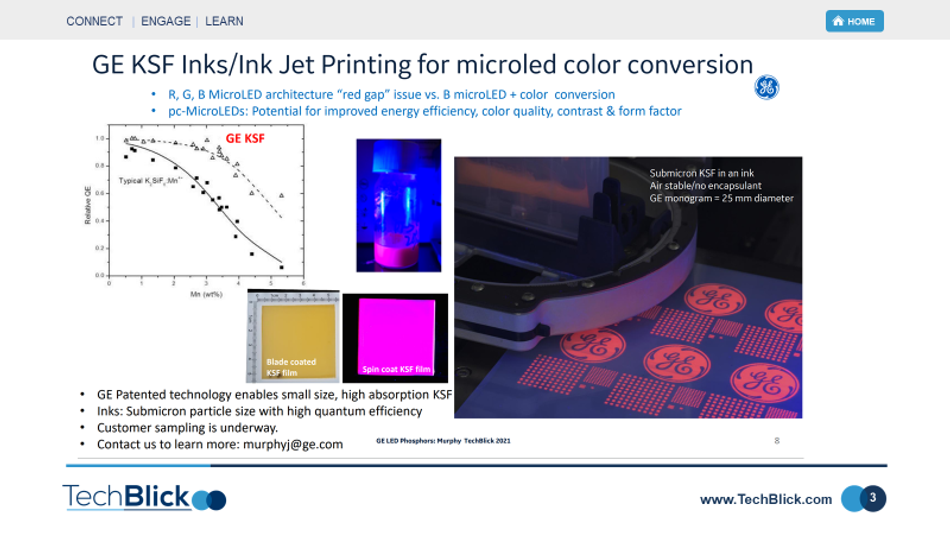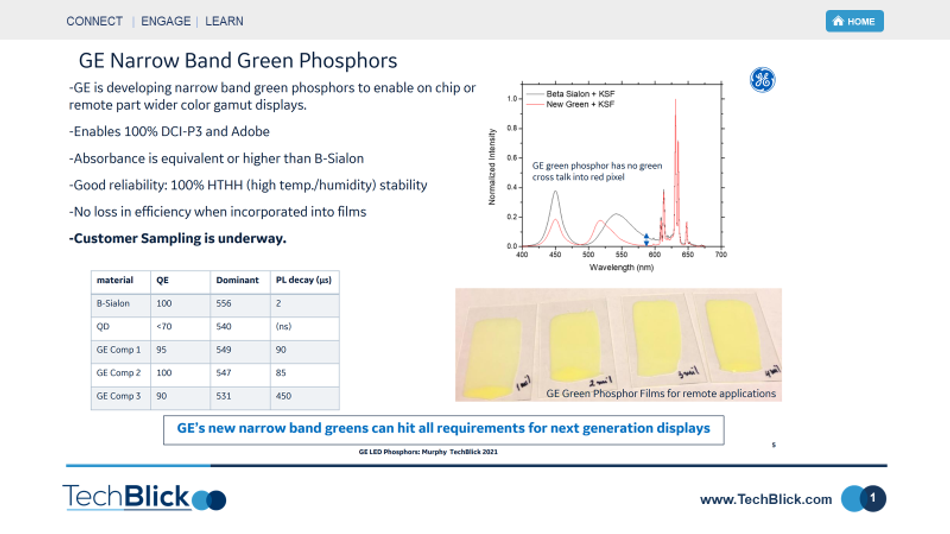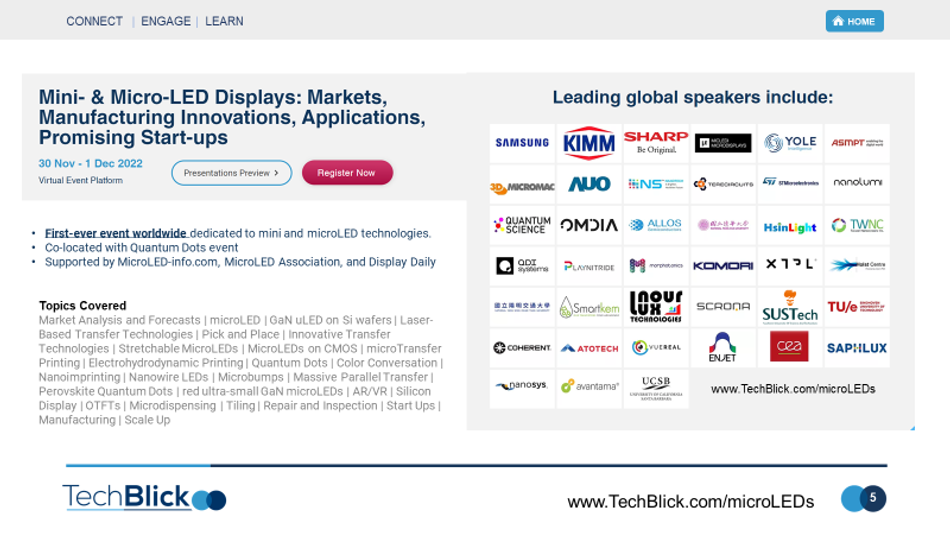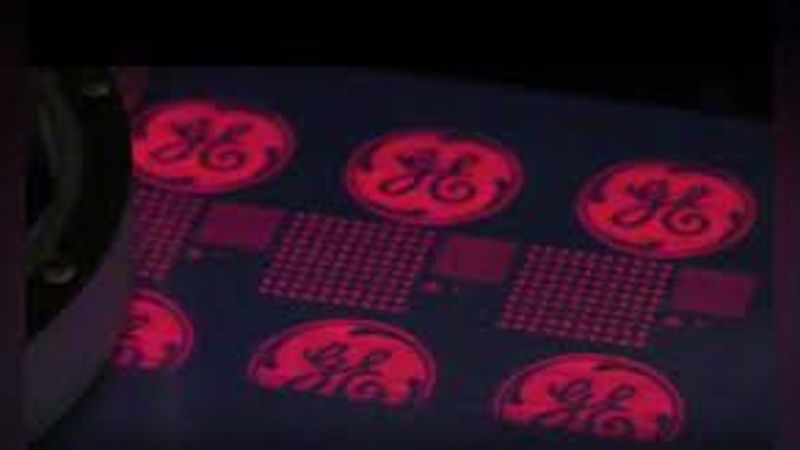Phosphors or QDs for color conversion in LCD and microLED ?
Phosphors or QDs for color conversion in LCD and microLED ? Which will win? This is an evolving technology space to watch. Here, it is shown that phosphor technology is evolving, enabling not just red but also green narrowband color conversation with small particle sizes compatible with microLEDs
Phosphors or QDs for color conversion in LCD and microLED ? Which will win? This is an interesting and evolving technology space to watch. James E. Murphy et al from GE Research have developed best-in class narrowband red and green phosphors, and are now evolving the technology towards microLEDs and on-chip integration
The red KSF phosphor is an excellent narrow band color converter for wide color gamut displays. It emits 5 peaks, each of which exhibits an ultra narrow 5-nm FWHM. The main peak is centred around 631nm. It is a stable material under high light flux and high temperature conditions. Indeed, it can be on-chip integrated as a direct replacement for existing yellow phosphors. It is a major commercial success with >19 licensees and >40 BILLION (and growing) KFS-containing LEDs sold worldwide into the display industry.
As the slide below, presented at TechBlick July 2021, shows, the KFS technology is evolving. At first in 2014, the average particle size was a 25-30um. It is now down to 3-9um and evolving towards sub-micron and even nano-sized particles, enabling direct integration with microLEDs of today and tomorrow! This is an important technology trend because it brings the QD vs phosphor competition even to the microLED space (previously QDs were the only game in town due to their small size)
Furthermore, GE's KSF can now be formulated into air-stable inks based on encapsulant-free phosphors suitable for inkjet printing without nozzle clogging. It means that it can be even printed as a color converter atop microLED, in particular allowing one to use efficient blue microLEDs to create red color and/or only transfer a blue microLED color.
James E. Murphy offers also an interesting comparison of Cd-free InP QDs vs KSF for microLEDs. It argues that at very thin films (<10um), QDs are more efficient. However, as the layer is thickened, perhaps to prevent blue color leakage, self-abosrption effects can kick-in, reducing the EQE. Thus, it is argued that KSF clearly wins at >20um thickness given that it has no self absorption
Finally, here is lack of ultra narrowband green phosphors leaving the space open to QDs. In particular, green perovskite QDs are very strong in this field. However, GE is advancing the development of its narrow-band GREEN phosphors. As shown below, these materials enable 100% DCI-P3. The performance is comparable to Beta Sialon but without cross talk with a KSF red emittesr. Furthermore, it offers 100% HTHH stability, enabling direct on-chip integration. Finally, it apepars to have QE levels approach >90%. Of course, just like KFS, it has a slow PL decay time on the order of 90-450um (QD is ns)
To learn more about QDs and microLEDs join TechBlick's event on 30NOV-1Dec: www.TechBlick.com/microLEDs
#microled #quantumdots #phosphors #displays #inkjet #miniled
Rachel A. Cassidy, PhD, MBA, CLP
